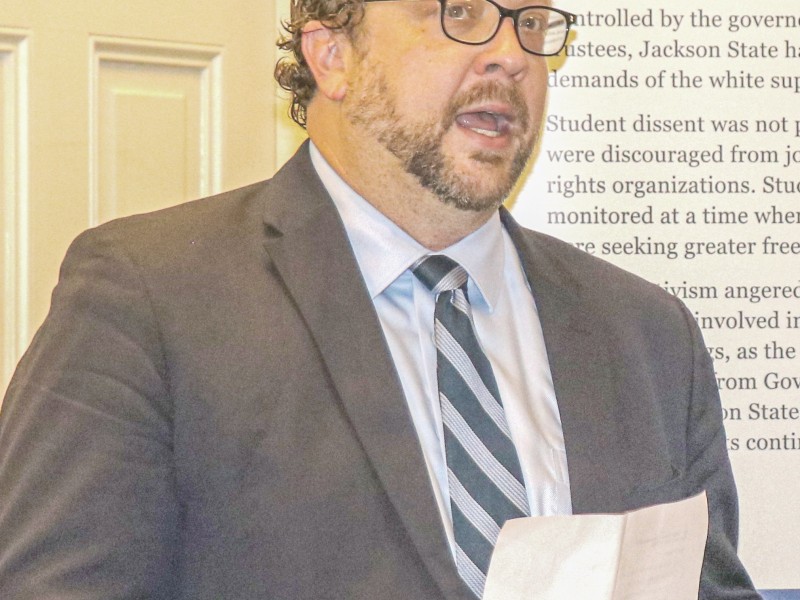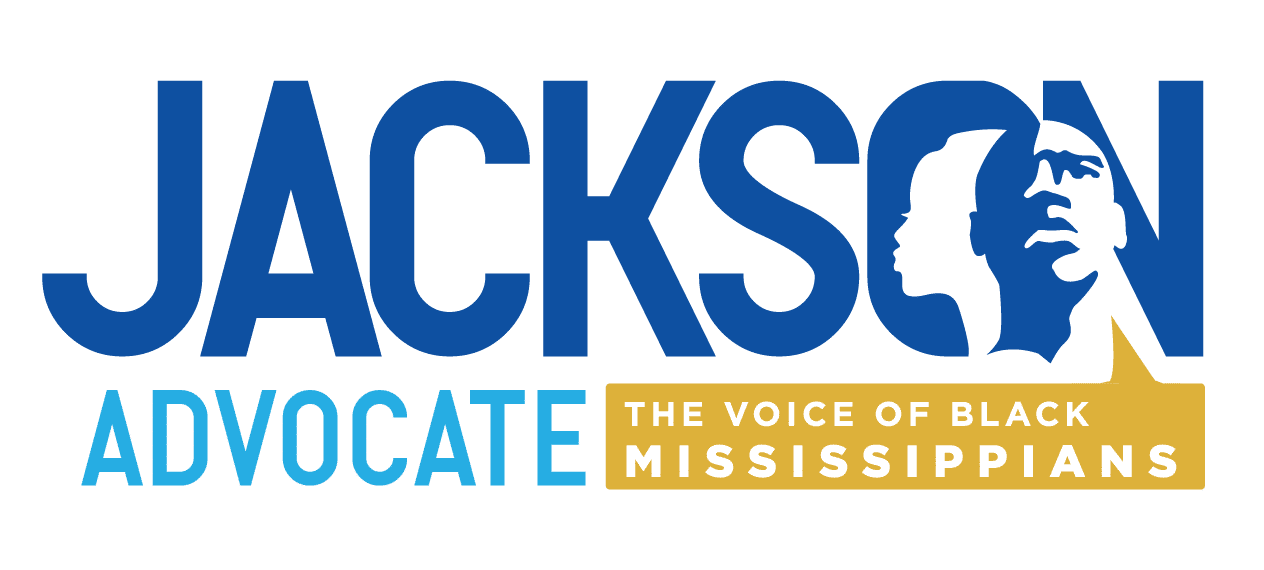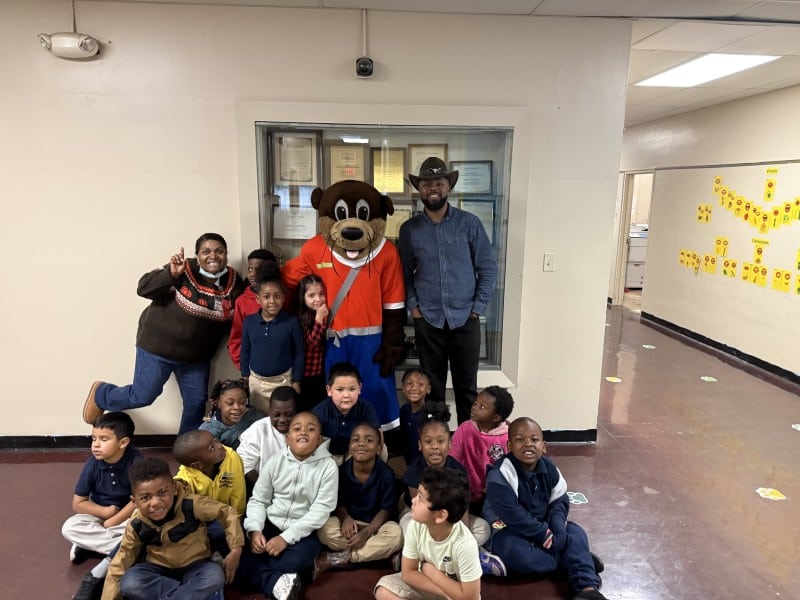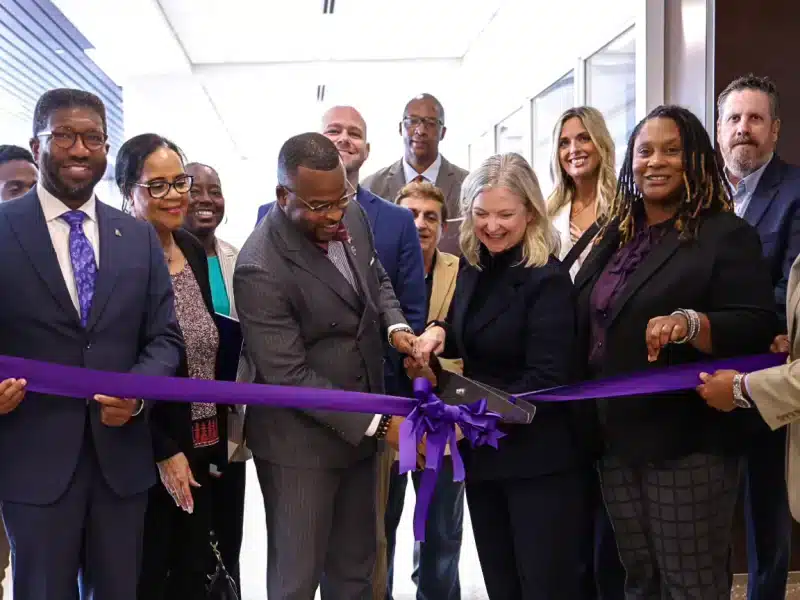JSU’s Margaret Walker Alexander Center presents ‘Decade of Change’ exhibit

During the weekend that the 1970 Jackson State University massacre is usually commemorated, the Margaret Walker Alexander National Research Center presented a series of historical panels entitled “A Decade of Change.” The exhibit consisted of 12 panels and focused largely on events that occurred primarily in the area of Jackson State and Lynch Street.
The display covered the years 1961 through 1970. As Center Director Robert Luckett stated in his remarks, the exhibit was deliberately designed to emphasize that, in addition to Tougaloo College, Jackson State College was quite significant in the Civil Rights Movement that manifested in Jackson, Mississippi.
While the first panel introduces the exhibit and its importance, each of the remaining eleven deals with specific events and ideas occurring during the decade of the 1960s. In each case, background information is given, along with details of the event and pictures to illustrate them.
The second panel deals with the arrest of the Tougaloo Nine for attempting to desegregate the Jackson Municipal Library. From the standpoint of the theme of the exhibit, it zeroes in on the role of Dorie and Joyce Ladner, the Jackson State College students who organized the supportive protest on the campus of Jackson State, which turned out to be the first such protest of the Jackson Movement.
The third panel discusses the role of Medgar Evers and the NAACP in creating and sustaining what came to be called the Jackson Movement. It helps one realize the proximity of the state NAACP office and the Masonic Temple – where many “mass meetings” were held – to the campus of Jackson State College, enabling many students to walk to the meetings and planning sessions. Scores of them did throughout the decade in question.
The fourth panel provides details of the 1970 Gibbs-Green murders. It not only cites the roles law enforcement officials played but gives one an idea of the atmosphere surrounding the shooting. The racial nature of that shooting is delineated as distinct from the Vietnamese War protests that triggered the massacre at Kent State University 10 days earlier. As a part of the program, Quilly Turner, James “Lap” Baker, Gailya Porter, and Senator Hillman Frazier, all students at the time, provided additional graphic testimony regarding the shooting that fateful night.
The fifth panel highlights the decision in the Alexander vs. Holmes school desegregation case, the number of student protests, and the Vietnamese War as factors in creating the decade of change in the Jackson area. The very impactful role of the desegregation of the public schools in Jackson is often overlooked as many narratives focus on the desegregation of the public accommodations, as manifest in sit-ins and freedom rides.
The sixth panel portrays the protests and activism resulting from the assassination of Dr. Martin Luther King. In more detail than found elsewhere, it focuses on the convocation at Jackson State College following King’s assassination.
The seventh panel deals with Dr. Margaret Walker Alexander’s establishment of the Institute for the Study of the History, Life and Culture of Black People, which is now the Margaret Walker Alexander National Research Center. Her effort began just prior to the emergence of the Black Power Movement, at a time when many, even some Black scholars, argued that because of the nature of the culture, faculty, and curriculum, there was no need for Black studies programs on Black college campuses. She was able to overcome that argument and secure authorization and funding for the institute.
The eighth panel discusses the police shooting of Black Jackson activist Benjamin Brown. It shows the link between Brown’s activism and the Jackson Movement as it existed in the Lynch Street area. Jan Hillegas, a white civil rights activist who grew quite close to the Brown family, was invited during the program to share her thoughts and a song on the murder of Benjamin Brown and the racial injustices during that time.
The ninth panel explores the significance of Jackson State presidents Jacob Reddix and John Peoples in the decade of change. The panel indicates that their public personas, especially that of Reddix, did not show the kind of behind-the-scenes sympathy and support that they provided to students in the Movement. Reddix was Jackson State’s president during the first part of the decade, 1961-67, while Peoples served during the latter years of the decade, 1967-70.
The tenth panel examines the racist tensions generated on Lynch Street as it ran through the campus. It spotlights the injury of Jackson State student Mamie Ballard as she was hit by a white driver speeding through as she and other students were crossing the street from Alexander Hall. She was at the program to give her personal account of the incident. The problems with white drivers on the stretch of Lynch Street through the campus continued until it was finally closed to through traffic after the 1970 massacre.
The eleventh panel deals with the establishment of the Congress of Federated Organizations (COFO) and Freedom Summer. COFO, the union of the NAACP, the Congress on Racial Equality, and the Student Non-Violent Coordinating Committee, was formally established in the Lynch Street area at Pratt United Methodist Church. COFO helped organize the Mississippi Freedom Democratic Party and the Freedom Summer Project of 1964.
The twelfth panel provides an explanation of the Woolworth lunch counter sit-in and discusses the assassination of NAACP state executive director Medgar Evers. The Woolworth sit-in was one of the last and most violent protest events of the Civil Rights Movement. It had the support of the NAACP and the active participation of students and faculty from Tougaloo College. Two weeks after that violent event, Medgar Evers was assassinated. His work with Tougaloo, Jackson State, and local high school students is illuminated on this as well as several other panels.
Although the exhibit is an excellent work, there are three things which could have enhanced it. One is that it would have been enlightening to shine a spotlight on the role played by Campbell College in the Jackson Movement. Campbell was just across Lynch Street from Jackson State College. The two colleges shared many mass meetings and protests on the campus of Campbell College. Because Campbell College was private, and thus not subject to the same kinds of pressures as Jackson State, the state sought to have it closed rather than being an effective ally of and outlet for protesters in that area. The state eventually was successful in getting Campbell closed, and in turn, purchased the property for the expansion of Jackson State.
A second improvement would have been highlighting the role of James Meredith in the Movement – his lawsuit desegregating the University of Mississippi and the March Against Fear which he began in Memphis, Tennessee. Meredith had been a Jackson State College student and both of his actions occurred during “the Decade of Change.” He worked extensively with Medgar Evers and became a civil rights icon as a result of his efforts.
The third thing that may have improved the exhibit would have been arranging it in chronological order. They may have all been related, but arranging the panels in chronological order would have made it easier to see how one thing often led to the other.
Despite those shortcomings, however, the exhibit is excellent and long overdue. Furthermore, during the unveiling ceremony, the program was greatly enhanced by the comments of people who had been involved in the events themselves, people who had been close to the participants and people who had lent efforts to bring the exhibit to fruition. It transitioned into a public meal following an invocation led by a Margaret Walker Alexander board member, Rev. Barron Banks.




